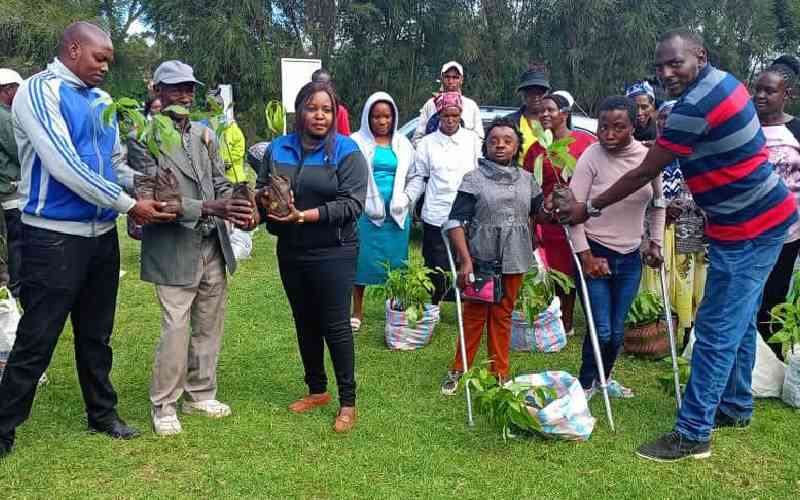South Africa expects an ample grain harvest this year | Wandile Sihlobo
On April 30, we had essential data on South Africa’s agriculture. The Crop Estimates Committee (CEC) released its third production forecast for South Africa’s 2024-25 summer crop production season.
There are seven more monthly estimates to come. But on the third estimate, we begin to have some comfort about the accuracy of the data.
At a time when we have been worrying about the excessive rains, there was predictably a lot more attention on these figures. Notably, the CEC slightly increased South Africa’s 2024-25 summer crop production estimate by 0.05% from March 2025 to 18.01 million tonnes.
Indeed, this is a mild uptick, but it remains crucial at a time when some worried that we might see a downward revision of the crop due to the excessive rains. This estimate comprises yellow and white maize, sunflower seed, soybeans, groundnuts, sorghum, and dry beans.
In essence, this harvest estimate is 16% higher than the 2023-24 production season, representing a decent recovery from the drought season. Indeed, while the overall production figure was mildly up, there were some adjustments in the various commodities. For example, the maize harvest is up 1% from the March 2025 estimate to 14,66 million tonnes. There is an increase in both white and yellow maize, with harvests now at 7.75 million tonnes and 6.91 million tonnes, respectively. Overall, the maize harvest of 14.66 million tonnes is up 14% year-on-year, primarily benefiting from expected yield improvements on an annual basis.
Importantly, these forecasts are well above South Africa’s annual maize needs of about 11,8 million tonnes, which implies that South Africa will have a surplus and remain a net exporter of maize.
Regarding oilseeds, the soybean harvest is estimated at 2.3 million tonnes, down 25% from March 2025 (but still up 26% year-over-year). This monthly downward revision reflects concerns about yield damage following the recent rains. Still, the annual uptick is mainly due to generally better yields from last year’s drought. We see a similar pattern with sunflower seeds, down 4% from March 2024 but still up 18% from the previous season, estimated at 742,800 tonnes.
The groundnut harvest is estimated at 64,595 tonnes (up 24% y/y), sorghum production is estimated at 137,970 tonnes (up 41% y/y), and the dry beans harvest is at 70,540 tonnes (up 40%). The base effects also boost the significant annual increases, given the poor harvest we recorded in 2023-24 during the drought.
Overall, this is shaping to be a better agricultural season and a year of recovery in the sector. Moreover, the improving weather prospects with likely sunnier and drier conditions will help support the harvest in the coming months.
Admittedly, the excessive rains of the past few weeks likely caused some quality damage in some regions. We will learn more about its extent when the harvest gains momentum in the coming weeks and months.
From a consumer perspective, the crop quality issues in a few regions are not a significant concern. We continue to observe generally softening commodity prices, driven by the expected large harvest, which bodes well for a more comfortable food inflation path in the second half of the year.
This quarter, specifically for grain-related products in the food inflation basket, may still reflect the effects of the recent higher prices and tight grain supplies at the start of this year, before we receive the new season’s deliveries.










